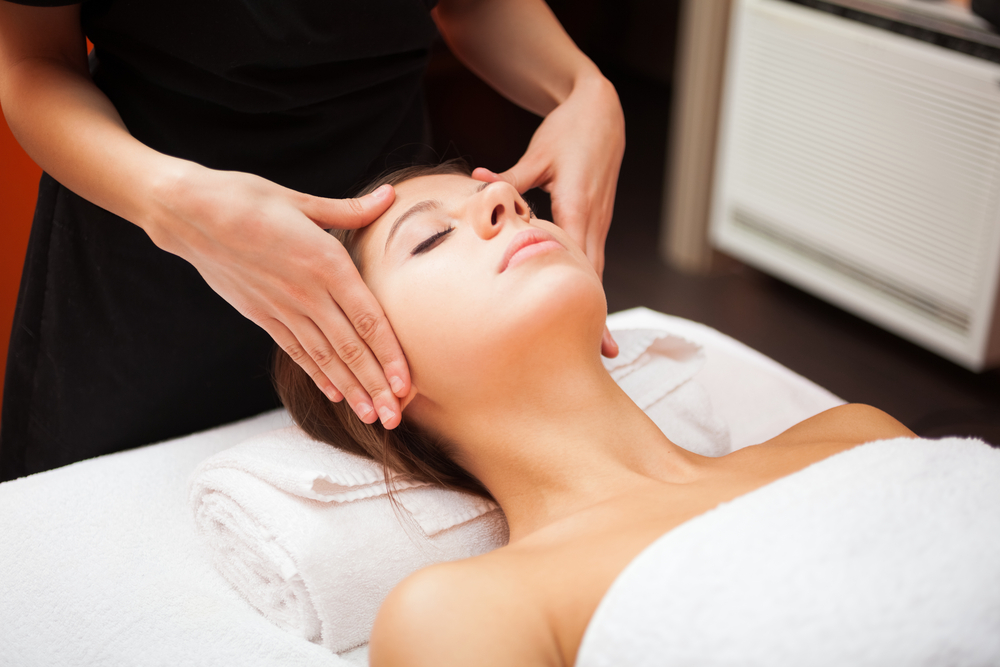Menu
- SITCM Overview
- Prospective Students
- Current Students
- Alumni
- Teaching Clinic
Massage has many benefits that have been researched and stated for many decades. People may seek massage treatments for relaxation and improving function and health-related quality of life. The benefits of massage have been supported by current research evidence (1-3).
This is why massages have long been offered as part of physical therapy practices and holistic medicine. Many renowned educational institutions offer massage degrees, diplomas, certificates and courses for those who are wishing to study massage in Australia, including the Sydney Institute of Traditional Chinese Medicine. SITCM has proudly been producing industry-ready practitioners in Traditional Chinese Medicine (TCM) in Sydney since 1984 and teaches one of the oldest versions of massage, Tui Na, which is sometimes referred to as ‘Chinese massage’.
What is ‘Chinese Massage’?
The term ‘Chinese massage’ has been used for many decades but is not entirely accurate as Chinese regard Tui Na and massage as two different things. In fact, the name ‘Tui Na’ is translated into English as ‘push-pull’.
Tui Na can be described as therapeutic Asian bodywork rather than a massage. It is more than just a relaxation session, as it involves twisting, pulling, turning, pushing, kneading techniques often goes beyond the muscles and joints to work on the body’s energetic level. Tui Na falls under the umbrella of TCM and is usually part of TCM degrees. TCM involves many other practices that share some principles, such as acupuncture, moxibustion and gua sha, and benefit from the wide range of knowledge and history that TCM provides. All these treatments and more are offered at the SITCM clinic, with treatments starting at $10. The clinic has many patients coming in every day, and massage and Tui Na therapies are growing in popularity (4) as an alternative or complementary treatment to a variety of health conditions.
The principle of acupuncture is used in Tui Na since it follows acupressure points, which are the same as acupuncture points. Those points are targets along the human body that are around clusters of nerve endings, mast cells, lymphatics, and capillaries, all capable of triggering biochemical and physiological functional changes in the body, which have many health benefits if done correctly.
So, what are the health benefits?

Relaxation
Acupressure points, when triggered, push the body to release the endogenous opiate, the naturally occurring feel-good chemical that the body forms, just like serotonin, dopamine, and opiates. They also down-modulate the sympathetic up-regulation, turning down the body’s fight-or-flight response (5).
Eases pain
Tui Na has many proven benefits when it comes to easing pain (6), and this is one of the most common reasons for people to seek the SITCM clinic. Chinese massage can help alleviate chronic pain with regular sessions, especially when combined with other treatments such as acupuncture.
Faster injury recovery
Those who study Tui Na understand that the therapy is commonly used alongside physical therapy to aid in the recovery process, so they work closely with physiotherapists to complement the treatment since massage helps reduce inflammation, which improves recovery rate.
Improves balance
Research has found that patients with Parkinson’s benefit from Tui Na acupressure as an adjunctive of usual care, showing improved overall performance (7). Parkinson’s disease causes sufferers to have impaired coordination, resulting in imbalance and frequent falls.
There are many other benefits to Tui Na and other traditional Chinese medicine treatments, with each treatment customised based on the requirements of the patient by qualified practitioners at SITCM. If you are looking for treatments, you can book an appointment at our clinic in the heart of Sydney. Those who wish to find a course to study TCM, massage or other degrees offered at SITCM, talk to the team at SITCM today or check our upcoming open days to talk to one of our friendly staff.
Reference List